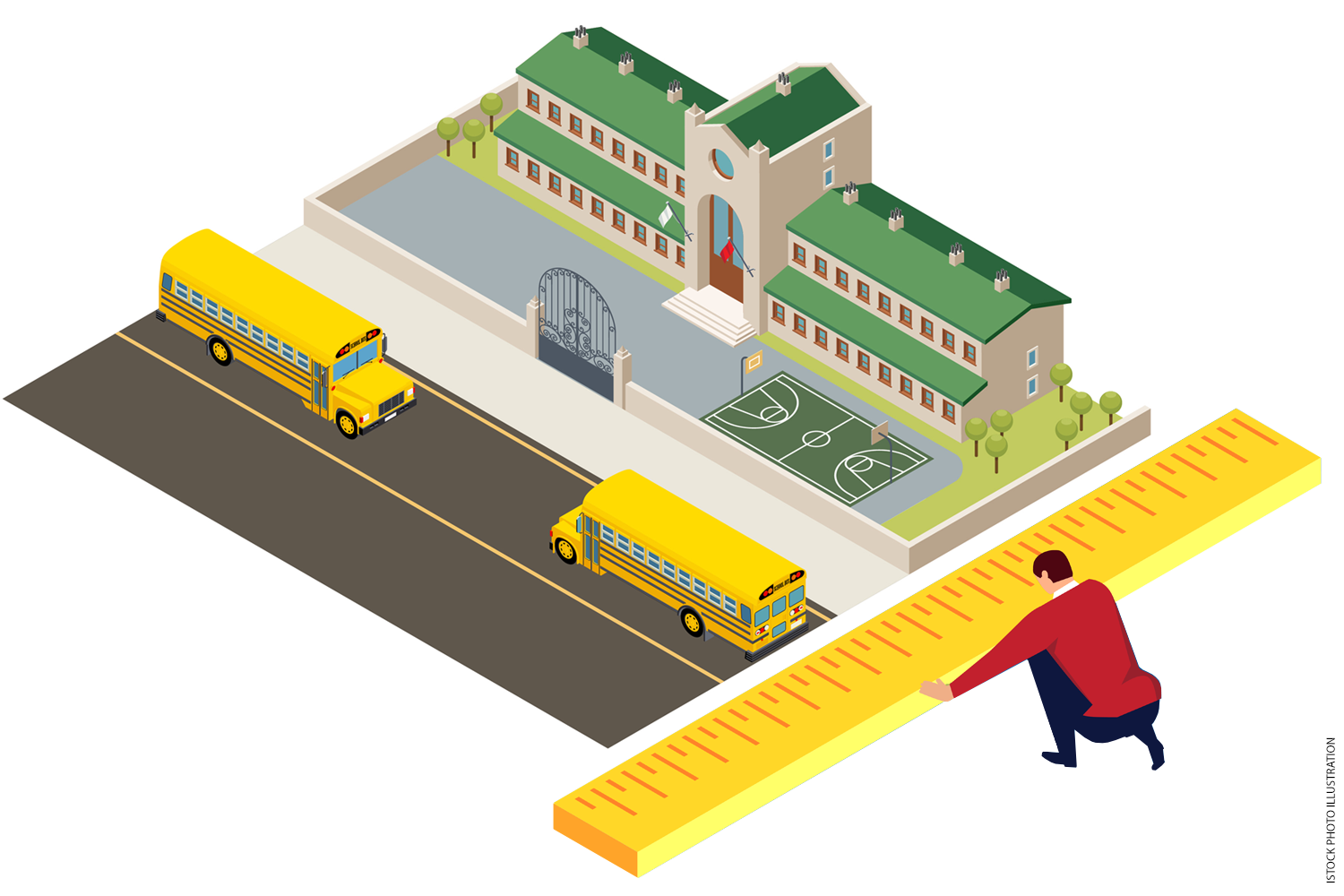Maybe this is the turning point.
Education advocacy is exhausting — particularly in rural communities like mine, where our opportunities are limited and our challenges are unique. A myriad of stereotypes obscure the reality of life in rural areas like Appalachia, leaving activists feeling a bit like Rodney Dangerfield. No matter how straight we shoot, we just don’t get no respect.
Despite its ups and downs, 2016 marked the first time that the winds of change began to blow. Politicos competed for the junkiest Rust Belt election post-mortems. Blue-staters’ obsessions with “Hillbilly Elegy” —flawed as it may be— made it seem like Rural America was finally having its moment. And now, thanks to a recent New York Times op-ed entitled “The Tragedy of America’s Rural Schools,” journalist Casey Parks explores the multitude of ways that “the public education system has failed (rural Americans) their whole lives.” And it has a lot of people talking.
Having spent the last few years trying to turn clicks into actions that can improve education for all students, I hope this lightning rod of an op-ed might ultimately resemble something of a watershed moment. Rural education has never been a “sexy” issue in ed reform, so putting a spotlight on our communities and bringing real awareness to our challenges may as well be first base.
That doesn’t mean the piece got everything right. Many have been quick to lambast the piece’s title for its audacity in calling rural schools “tragic.” While I personally didn’t take the title as an ad hominem attack on our schools — and of course, if you read the piece at all, you’ll know that wasn’t the point — it still probably turned off a lot of readers who may have otherwise agreed with op-ed’s most important points.
Take staffing shortages, for example. Rural schools struggled to find teachers before the pandemic. Now, with COVID-19 still surging throughout nearly every community, we have sub and bus driver shortages that are making a typical school day look like an act of Congress.
Furthermore, thousands of students, disproportionately low-income and rural, remain logged out from their virtual coursework. Despite schools mostly being in-person this year, COVID-related closures have already resulted in a number of districts switching to remote instruction for two week periods. And because of the isolation of some rural communities, access to reliable broadband still feels out of touch for too many families.
Issues like these are structural in nature, and while we should be careful in recognizing that rural communities are not all the same, so many of us who work in rural schools have had direct experience with these challenges.
Funding, too, is another frustrating but preventable inequity in rural education. The op-ed focuses on Mississippi, a state where roughly half of all students attend a rural school, yet spending on rural instruction ranks 48th among all 50 states.
Who among us would say that isn’t a tragedy?
But fortunately, tragedies can often strengthen the resolve of communities and unite them to take action. The challenges that rural areas face may be systemic, and therefore more complex to solve, but bringing those issues to light is the first step in building a movement.
We can crack jokes about how the New York Times has only recently discovered that people live outside of cities, but the truth is there’s nothing funny about communities struggling in silence. We’re battling poverty, inadequate health care, an opioid crisis, and a disturbing lack of economic opportunities for those who call Rural America home. And if you teach or work in a school, you know that learning doesn’t exist in some sort of vacuum where these factors don’t exist.
Don’t get it twisted: our schools are not tragic, but they have certainly have known tragedy. Until we see rural communities become a foundational part of our leaders’ plans, I fear many of those tragedies will only continue.
By: Garris Landon Stroud
Title: America’s Rural Schools May Not Be Tragic, but They Have Known Tragedy
Sourced From: educationpost.org/americas-rural-schools-may-not-be-tragic-but-they-have-known-tragedy/
Published Date: Thu, 30 Sep 2021 18:07:40 +0000
News.... browse around here









 The superintendent of Miami-Dade County Public Schools, Alberto Carvalho, joins Paul E. Peterson to discuss how the district has supported school choice, which includes spreading choice options to communities and creating new programs that meet the needs of students and demands of parents.
The superintendent of Miami-Dade County Public Schools, Alberto Carvalho, joins Paul E. Peterson to discuss how the district has supported school choice, which includes spreading choice options to communities and creating new programs that meet the needs of students and demands of parents.